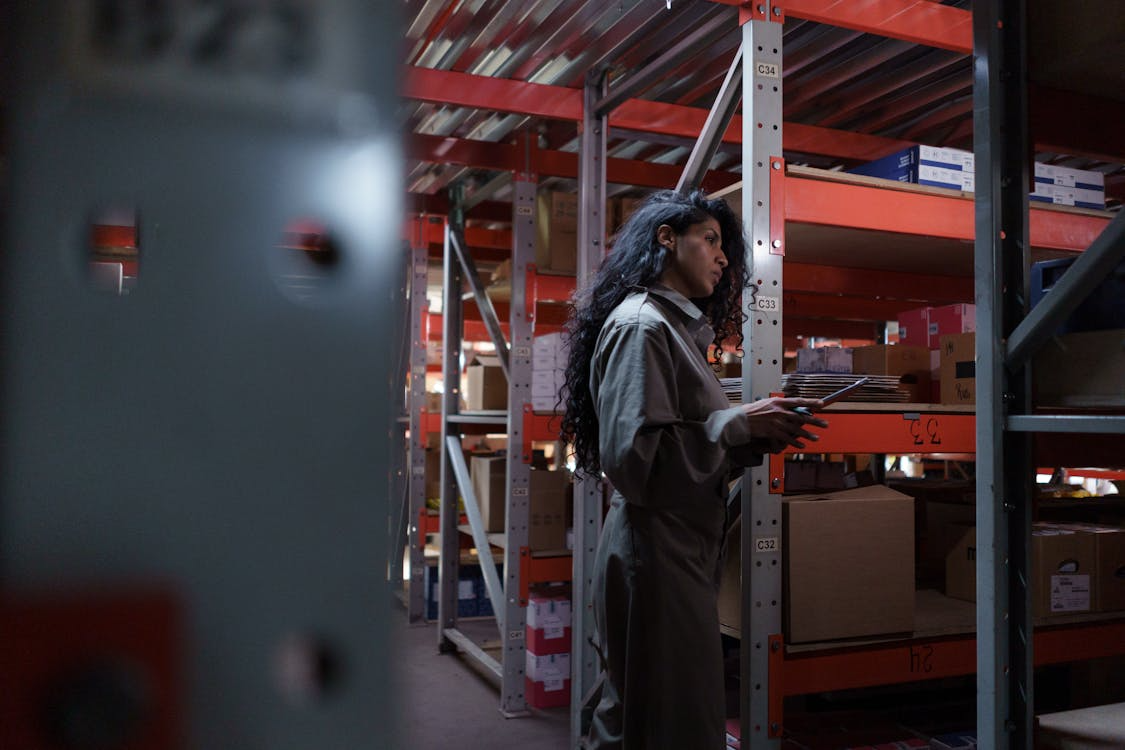Mar 4, 2025
Dealing With High Labor Costs in Restaurants: What to Do
-

The restaurant industry is facing a perfect storm. Inflation is driving up food costs, and state-mandated minimum wage increases are putting immense pressure on labor budgets. Many restaurants are finding themselves stuck between a rock and a hard place – unable to raise menu prices further for fear of alienating customers, yet struggling to stay profitable with skyrocketing expenses.
This isn't just a minor inconvenience; it's an existential threat. Food, labor, and rent represent over 60% of a restaurant's total costs. With razor-thin margins, even small increases in these areas can significantly impact the bottom line.
The Operating Cost
When it comes to the expenses that go into running a restaurant, the cost of labor would be the largest portion of the plate. The rising cost of labor in restaurants is increasing the size of that portion, and it is only going to grow larger.
Increases in minimum wage rates are one of the factors that contributed to the increase. Despite the fact that the federal minimum wage in the United States has not been raised since 2019, 27 states and the District of Columbia have all raised their minimum wages since 2014. There have also been adjustments made to the minimum wage for tips in some areas.
In spite of this, increases in the minimum wage are only one aspect of the problem when it comes to rising labor expenditures. The restaurant sector is also facing challenges such as a lack of available labor, shifting demographics among workers, and industry saturation. A better way to put it is that it is a perfect storm.
The Labor Cost Conundrum

While all businesses are feeling the pinch of rising labor costs, restaurants are particularly vulnerable. A large portion of their workforce is hourly, directly affected by minimum wage hikes. Add to this the staffing shortages plaguing the industry, leading to increased overtime pay, and the situation becomes even more dire.
Cutting labor hours seems like an obvious solution, but it's a slippery slope. Understaffing leads to poor service, frustrated customers, and ultimately, lost revenue. There's a delicate balance to maintain, ensuring adequate staffing levels to provide a positive customer experience while controlling labor costs.
Furthermore, "predictive scheduling" laws in cities like Seattle, San Francisco, Emeryville (CA), and Oregon add another layer of complexity. These regulations often require businesses to:
- Provide advance notice of schedules: For example, Seattle's Secure Scheduling Ordinance mandates 14 days' notice of schedules.
- Pay premiums for last-minute changes: If schedules are changed with insufficient notice, employers must provide extra compensation to affected employees.
- Offer additional hours to existing staff first: This limits the ability to hire new employees for specific needs.
- Adhere to minimum rest periods between shifts: "Clopening" shifts (closing one night and opening the next morning) are often restricted or require additional compensation.
These regulations, while intended to protect workers, can make it more difficult and expensive for restaurants to adjust staffing levels in response to fluctuating demand.

Change business strategy
Manage labor cost percentage, increase profitability, and stay competitive by implementing six strategies to maintain profitability and long-term resilience. Here are ways to deal with the increased labor cost.
1. Study hiring practices for the season
Reduce workers during busy periods, thus seasonal hiring may be on the rise. Labor costs can be reduced and price hikes can be avoided by eliminating two or three positions. Finding out if there were initially too many seasonal hires may be required.
2. Analyze Your Labor Reports Restaurant labor management software
It can help restaurant owners analyze their labor reports and analytics to make informed scheduling decisions. Regularly checking labor reports against seasonal, holiday, and time of day changes can help avoid over-projecting staffing needs. Smaller, long-term savings can be achieved by scheduling the bulk of dinner staff an hour later, reducing labor costs in the long run.
3. Retention Focus
Investing in current staff can save on training costs, while recognizing and rewarding top performers can help beat high turnover in the restaurant industry. A good retention plan can include public recognition, free lunches, cocktails, or paid time off.
4. Skill and Cross Training
By improving their current skills, cross-training is an essential tactic for keeping outstanding workers. It enables employees to work different shifts, which improves their capacity for adaptation and skill development. Additionally, cross training improves relationships between coworkers, which raises staff morale overall.
5. Ordering Online
Restaurants are undergoing a revolution thanks to online ordering, which streamlines operations and lowers labor expenses by enabling customers to make orders directly on the internet. High-margin goods, higher order volumes, and larger guest checks are all results of this technology. But it can also raise labor expenses and the demand on kitchen workers. After introducing online ordering, restaurant operators should assess their capacity to ascertain the ideal workforce levels for productivity.
6. Increasing Prices
Think about increasing the pricing of some menu items to offset labor expenses. For their favorite dishes, loyal customers could be prepared to pay extra. Make sure you intentionally increase the prices of popular items and think about altering the menu to give it a fresh look.
Turning the Tide: Maximizing Your Labor ROI

So, what's a restaurant operator to do? In this challenging environment, focusing on maximizing your labor return on investment (ROI) is crucial. Every minute an employee is on the clock must be spent efficiently, contributing to the business's success.
Remember the old adage, "If you've got time to lean, you've got time to clean?" It's time for a modern update: "If you've got time to lean, you've got time to..."
- ...prep for tomorrow: Prepping ingredients, organizing stations, and completing other tasks ahead of time ensures a smoother and more efficient service.
- ...engage in local store marketing: Distributing flyers, posting on social media, or interacting with potential customers in the neighborhood.
- ...perform preventative maintenance: Cleaning equipment, organizing storage areas, and addressing minor repairs can prevent larger problems and downtime later.
- ...improve efficiency: Breaking down boxes, vacuum-sealing food items, and optimizing workflows can help reduce waste and save money.
- ...tackle administrative tasks: Assisting with inventory, scheduling, or other administrative duties can free up management time.
As a manager today, you have to think outside of just the shift. You have to be proactive and creative in finding ways to keep your team productive every minute they are on the clock.
OpsAnalitica: Your Partner in Labor Optimization
OpsAnalitica is a powerful tool for maximizing your labor ROI. With our scheduled checklists and task management features, you can:
- Ensure essential tasks are never missed: Assign recurring tasks and track their completion.
- Hold your team accountable: Monitor progress and identify areas for improvement.
- Optimize workflows: Streamline processes and improve efficiency.
- Gain valuable insights: Track labor costs and identify opportunities for savings.
Don't let rising labor costs squeeze the life out of your business. Take control of your operations and ensure you're getting the most out of every labor dollar.
Learn more about how OpsAnalitica can help you maximize your labor spend by clicking on this link: https://www.opsanalitica.com/contact
.webp)
Ready to Improve Your Operations?
Get our FREE checklists to streamline processes, boost efficiency, and save time.



